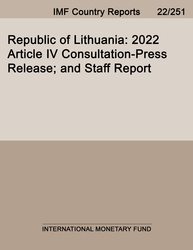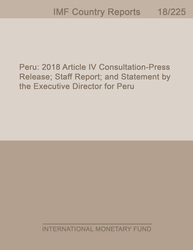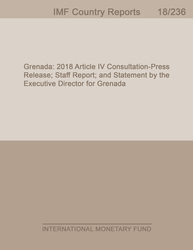
Republic of Lithuania: 2022 Article IV Consultation-Press Release; and Staff Report
2022 Article IV Consultation-Press Release; and Staff Report
READ MORE...
Volume/Issue:
Volume 2022
Issue 251
Publication date: July 2022
ISBN: 9798400214547
$20.00
Add to Cart by clicking price of the language and format you'd like to purchase
Available Languages and Formats
| English |
Prices in red indicate formats that are not yet available but are forthcoming.
Topics covered in this book
This title contains information about the following subjects.
Click on a subject if you would like to see other titles with the same subjects.
Inflation , Labor , Economics- Macroeconomics , Money and Monetary Policy , International - Economics , potential GDP , wage-price spiral , price inflation , inflation development , foreign currency , Inflation , Energy prices , Loans , Wages , Real estate prices , Global , Western Europe
Also of interest
Summary
This 2022 Article IV Consultation with the Republic of Lithuania highlights the recent spike in global energy and food prices and persistent supply bottlenecks have compounded inflationary pressures, disproportionately hurting the poor. The authorities’ response to the energy crisis aims to limit economic disruptions, provide targeted support to the vulnerable, and allow for market price signals. Higher revenues from inflation allow the budget to accommodate pressures for higher social and defense spending in the short-term, but difficult tradeoffs await down the road. The banking system has ample capital and liquidity buffers to withstand a weakening economic environment or even greater shocks. Further efforts are needed to mitigate money laundering risks in the financial sector, particularly from the dynamic and growing fintech sector. A comprehensive carbon tax will be necessary to achieve the authorities’ emission reduction objectives for 2030. Structural reforms are necessary to ensure continued income convergence. The authorities need to address structural impediments by accelerating reforms in education and healthcare, and by closing gaps in the transportation infrastructure, and reducing information asymmetries that limit access to financing for small and medium enterprises.
Copyright © 2010 - 2025
Powered by:
AIDC



